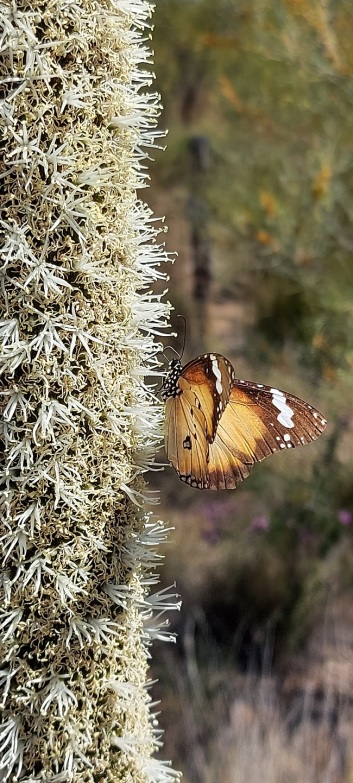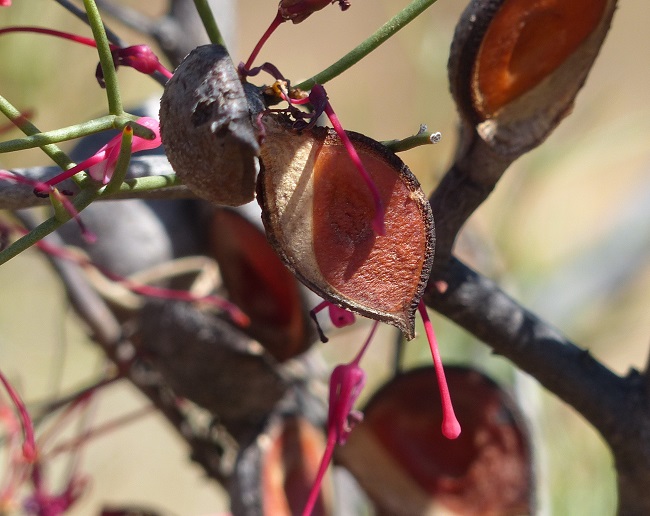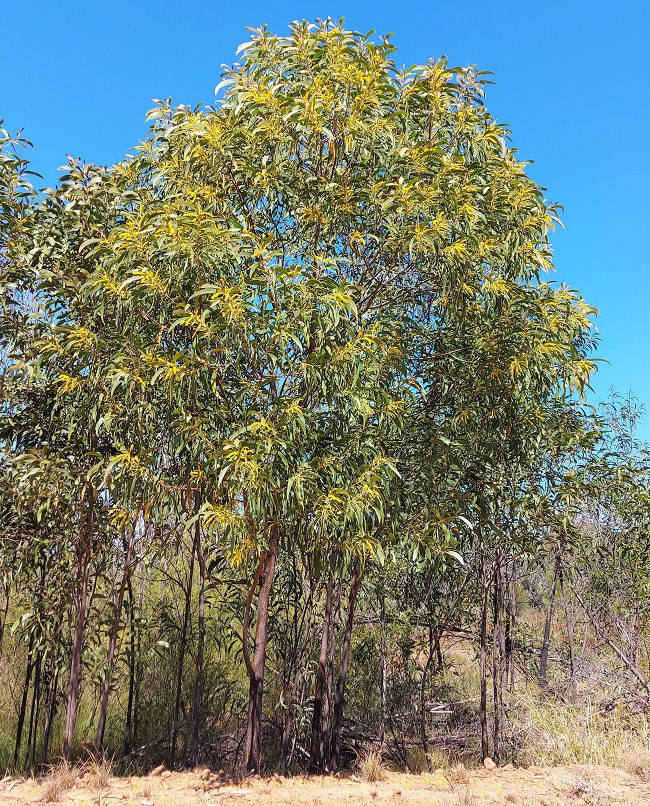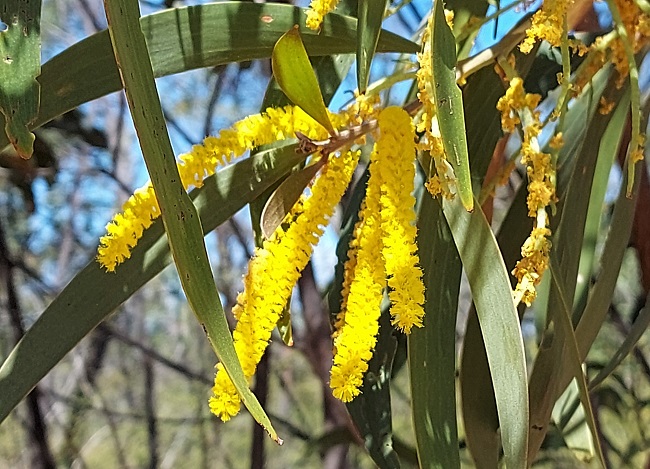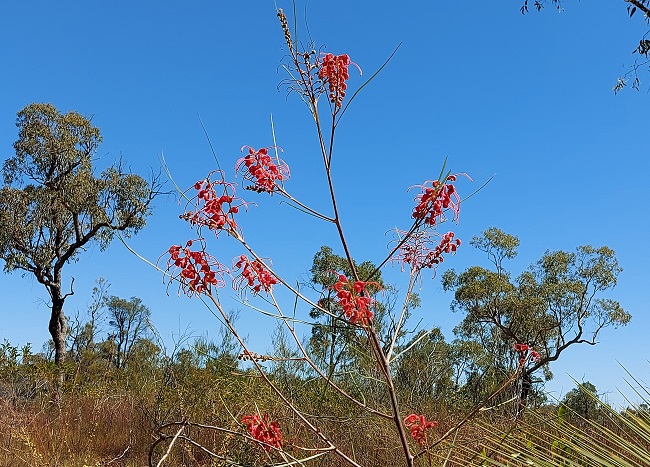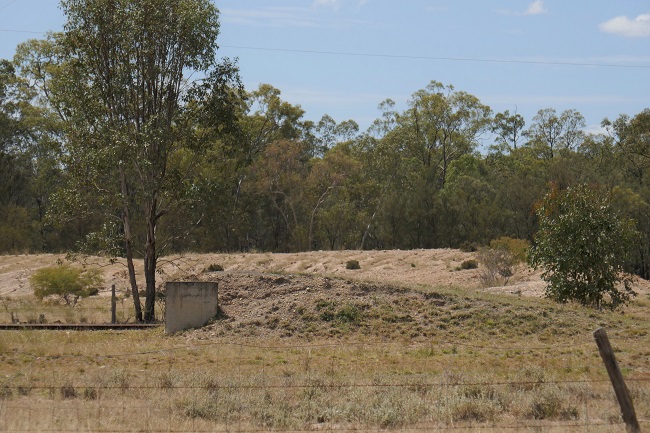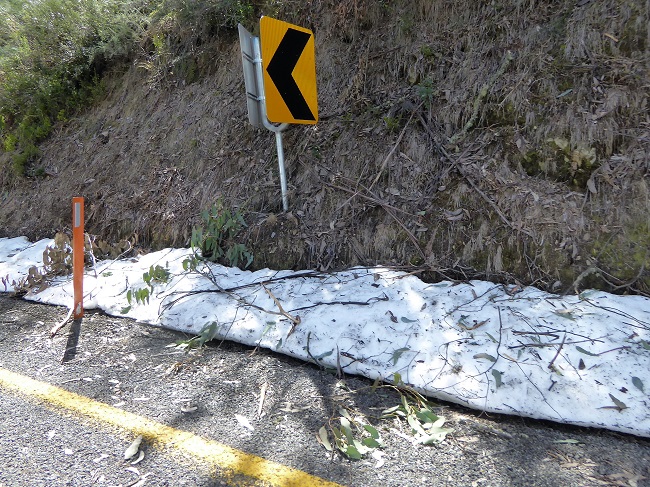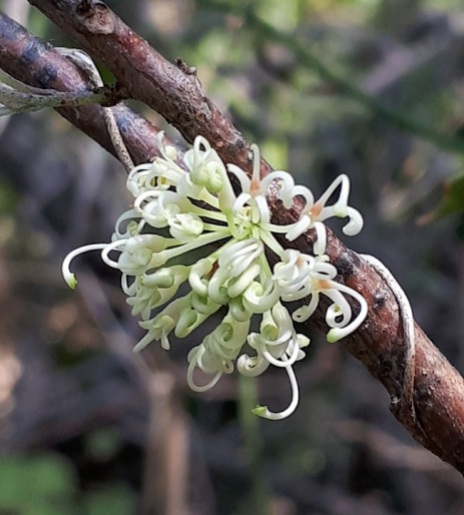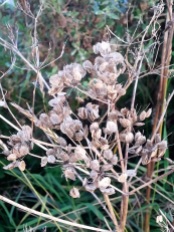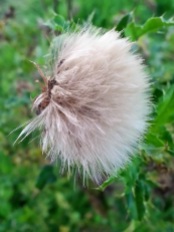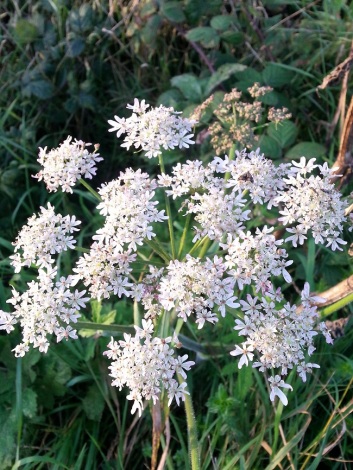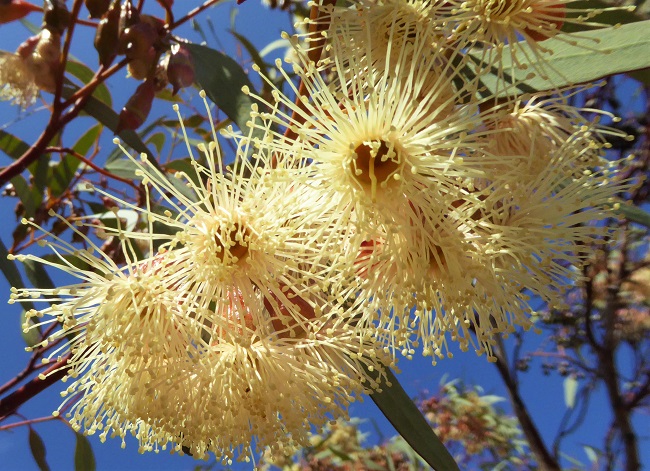Gurulmundi State Forest
We saw many different trees on our drive through the forest – none more striking than the grass trees. At almost all of our stops we found them growing in clusters by the side of the road.

It wasn’t surprising to see grass trees flourishing in this environment, as they prefer dry conditions and poor quality soil. We were surprised though, and excited, to see one grass tree in flower.
Grass trees are very slow growing. They can live for centuries and take up to 20 years to produce their first flower spike. They do not flower every year and often need the stimulation of a bush fire to encourage growth and flowering. While there was no evidence of a recent fire around this grass tree, its flower spike had matured beautifully.
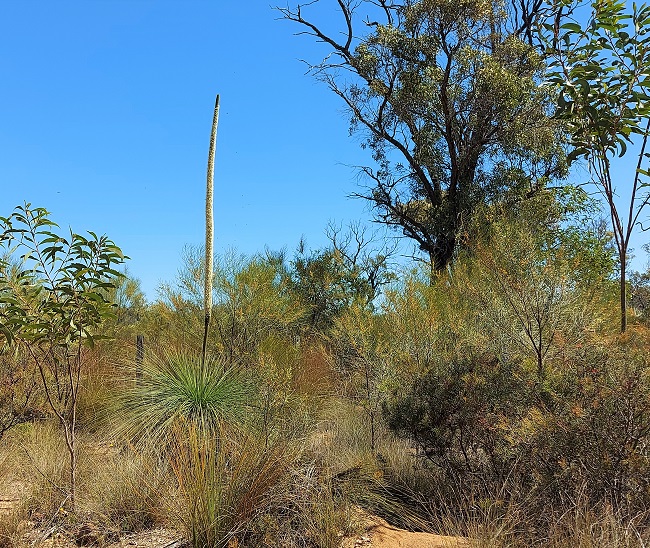
The tiny flowers of the grass tree grow up the spike in a spiral pattern and, laden with rich sweet nectar, they’re a tasty treat for native birds and insects.
Indigenous peoples also knew the value of the flowers, harvesting them to make a sweet refreshing drink. We weren’t tempted to copy them – we were happy to leave this amazing flower spike to the butterflies.

